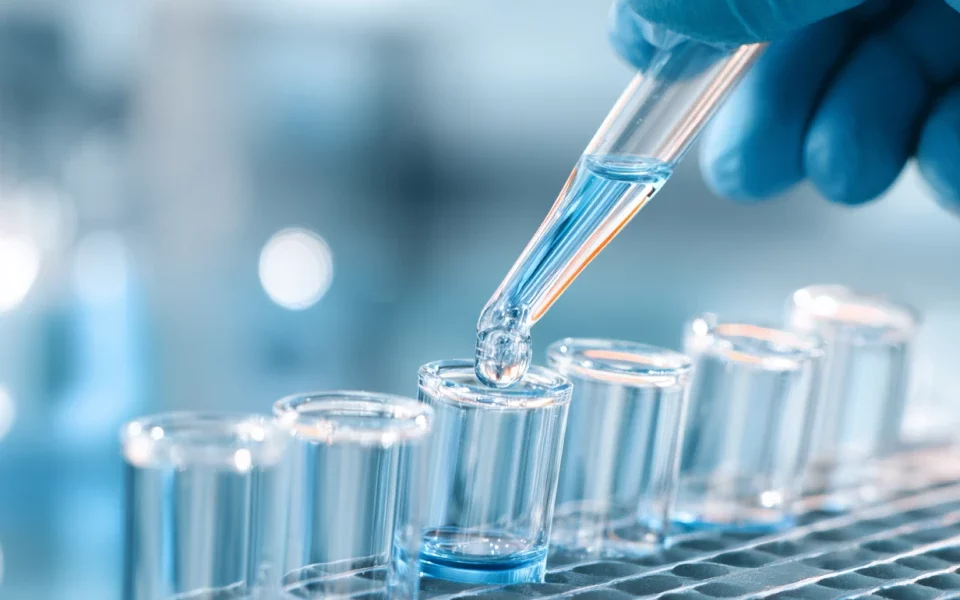Stability and continuity for the medical device sector
The reconfirmation of ISO 13485:2016 represents a significant moment of regulatory predictability. For the second time in ten years, the Technical Committee 210 has opted for stability over structural revision, ensuring that the current framework — harmonized with MDR and MDSAP — remains the global benchmark. This continuity enables manufacturers and conformity assessment bodies to maintain established processes without revalidation or costly transition projects. It also provides consistency for auditors and competent authorities applying the standard under diverse regulatory frameworks.
Rejection of Annex SL and preservation of regulatory integrity
ISO’s Technical Management Board (TMB) promotes the use of Annex SL, which introduces a unified structure across all management system standards (e.g., ISO 9001, ISO 14001). TC 210 has, however, once again rejected this “mandatory text,” arguing that Annex SL is not compatible with the regulatory nature of medical device QMS requirements. The medical device sector demands a level of traceability, documentation control, and risk management discipline that Annex SL’s generalized “risk-based thinking” clause cannot provide. By retaining its current structure, ISO 13485 preserves a clear, auditable link to ISO 14971 and MDR Annex I — ensuring that risk management, regulatory compliance, and product safety remain at the centre of QMS practice.
Future alignment with ISO 9000:2026 terminology
Although no structural changes are planned, TC 210 anticipates limited alignment work around 2028 to synchronize definitions with the upcoming ISO 9000:2026 (“Quality management systems — Fundamentals and vocabulary”). This update will focus exclusively on terminology harmonization and normative references, avoiding any alteration to the standard’s intent or requirements. ISO 13485 will thus remain operationally identical through at least 2030, enabling uninterrupted certification and regulatory use worldwide.
Benefits for manufacturers, notified bodies, and regulators
The decision ensures that medical device quality systems will continue to operate within a stable and proven framework. Manufacturers will not need to reconfigure procedures, templates, or documentation structures. Notified Bodies can sustain established audit methodologies, and regulators benefit from consistency between MDR conformity assessments and ISO 13485 certifications. Furthermore, the reconfirmation supports the FDA’s ongoing transition from QSR to QMSR, which directly references ISO 13485 as its foundation, reinforcing international regulatory convergence.
Independence and expert-driven governance
TC 210’s decision also highlights the independence and technical credibility of the committee. Unlike TC 176 (responsible for ISO 9001), TC 210 consists of medical device experts, regulators, and users and has consistently prioritized domain-specific requirements over procedural uniformity. This reconfirmation demonstrates that the committee’s governance model remains consensus-based and driven by subject matter expertise, preserving user trust and technical precision.
Outlook for the coming years
Until 2030, ISO 13485:2016 will remain the definitive reference for medical device quality systems. Organizations should nonetheless monitor updates related to ISO 9000:2026 and upcoming TC 210 guidance on emerging topics such as cybersecurity, software lifecycle management, and post-market surveillance integration. These will likely take the form of supplemental guidance documents rather than full revisions. In practice, this means continued stability in certification criteria and audit expectations, enabling the sector to focus on implementation excellence rather than adaptation to new structures.



